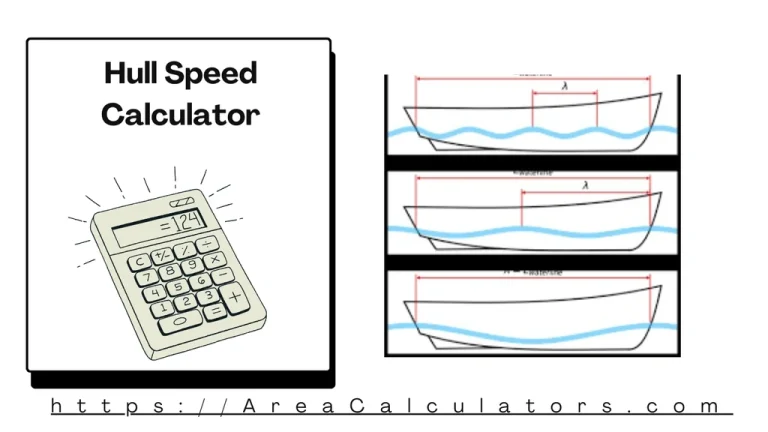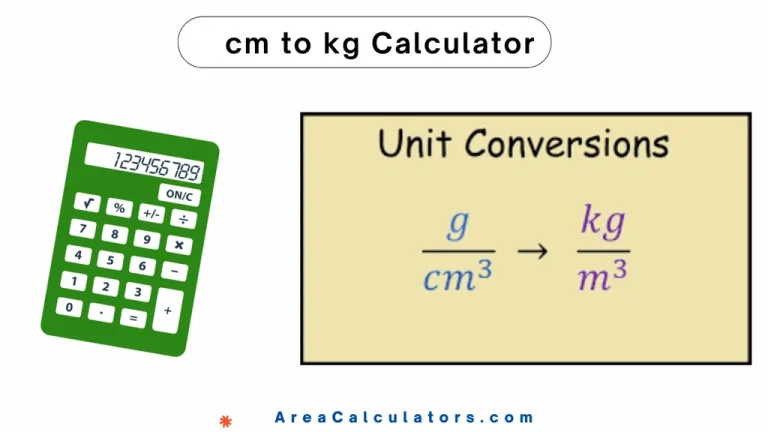Magnitude of Force Calculator
To calculate the magnitude of a force, take the square root of the sum of the squares of the force components along the x and y axes.
The Magnitude of Force Calculator is used in physics for calculating the size of a force this is acting on an object. This is particularly useful in mechanics and dynamics, where forces are represented as vectors with components in different directions.
By calculating the resultant magnitude, you can analyze net forces, equilibrium conditions, and motion dynamics. This calculator is ideal for students, engineers, and anyone needing quick and accurate force computations in physics and engineering applications.
Formula
Fm = √(Fx² + Fy²)
| Variable | Description |
|---|---|
| Fm | Magnitude of the resultant force |
| Fx | Force component along the x-axis |
| Fy | Force component along the y-axis |
Solved Calculations
Example 1:
| Input | Value |
|---|---|
| Force along x-axis (Fx) | 3 N |
| Force along y-axis (Fy) | 4 N |
| Formula Used | Fm = √(3² + 4²) |
| Resultant Force (Fm) | 5 N |
Example 2:
| Input | Value |
|---|---|
| Force along x-axis (Fx) | 6 N |
| Force along y-axis (Fy) | 8 N |
| Formula Used | Fm = √(6² + 8²) |
| Resultant Force (Fm) | 10 N |





